Trouble codes such as a P0aa6 trouble code, are always associated with for instance the vehicle not starting, after shutting it of, and attempting to start it over again.
This code usually means that, the hev (hybrid electric vehicle) ECU, has basically realised that there’s a high voltage leak to ground, or chassis of the vehicle, which potends danger of electrocution, or death from such high voltage exposures.
The hev ECU, runs checks on the high voltage system each time there has been attempt to start(READY) the vehicle. If it seems the frequency it sends to scan for high voltage leaks are outside spec, it sets a p0aa6 trouble coode, and puts the vehicle in limp mode.
A case study below is a 2008 hybrid highlander:
SO WHAT COULD BE THE CAUSES OF SUCH PROBLEMS?
- Water intrusions. From our years of experience, we have come to realised that for instance, during raining seasons, hybrid electric vehicles, whose hybrid pack, or orange cabling are routed underneath the vehicle, usually gets flooded with water, which would trigger an isolation related trouble code. The conducting nature of water, is the catalyst for this code, when it gets in contact with high voltage systems.
- Aged battery pack modules. Modules or cells of most hybrid electric vehicles, are more than ten years old. Old modules, are susceptible to electrolyte leaks, from minute cracked modules. These electrolytes, leaks down on the battery pack trays, and creates another oath of least resistance for electron path.
- Damged high voltage electrical components. Champered, shorted high voltage orange cabling, or shorted inverter/converter assembly, are major sources of high voltage leaks. Make sire the integrity of these components are in good conditions before putting them into service.
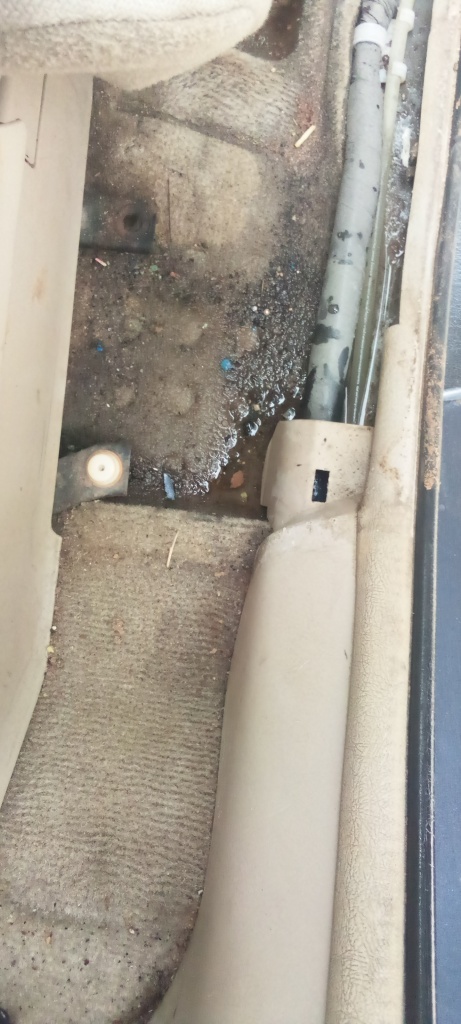
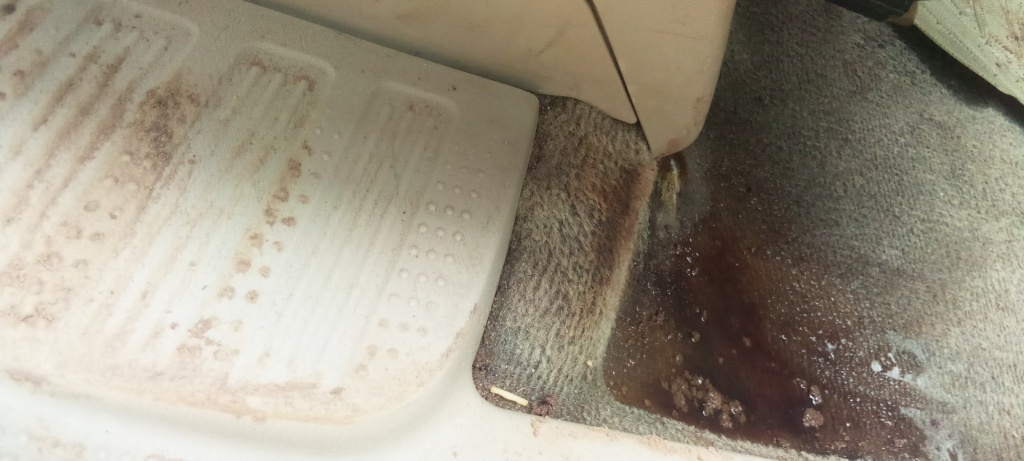
HOW TO FIX THIS PROBLEM.
- Identify where the water usually ponds in the vehicle. This can usually be done by visually, following water path, to the vicinity of any of the high voltage components.
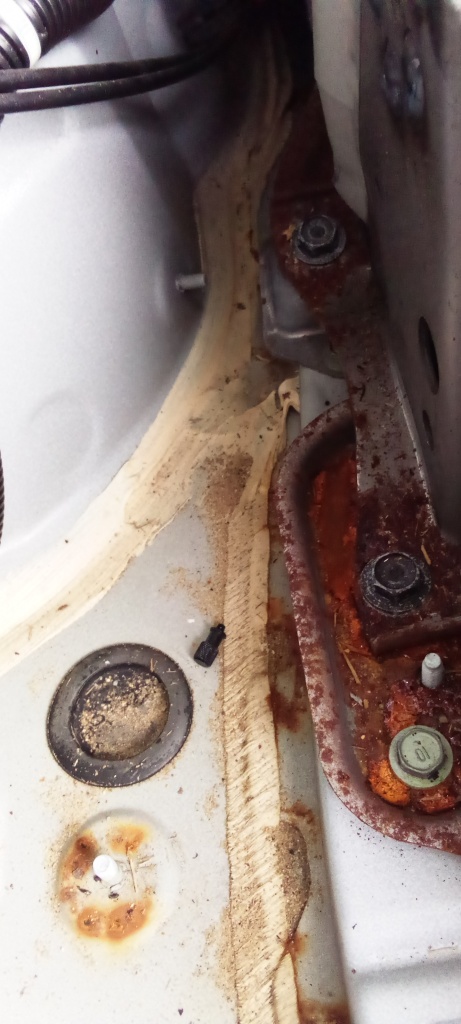
corrosion presence depicts water flows into this compactment 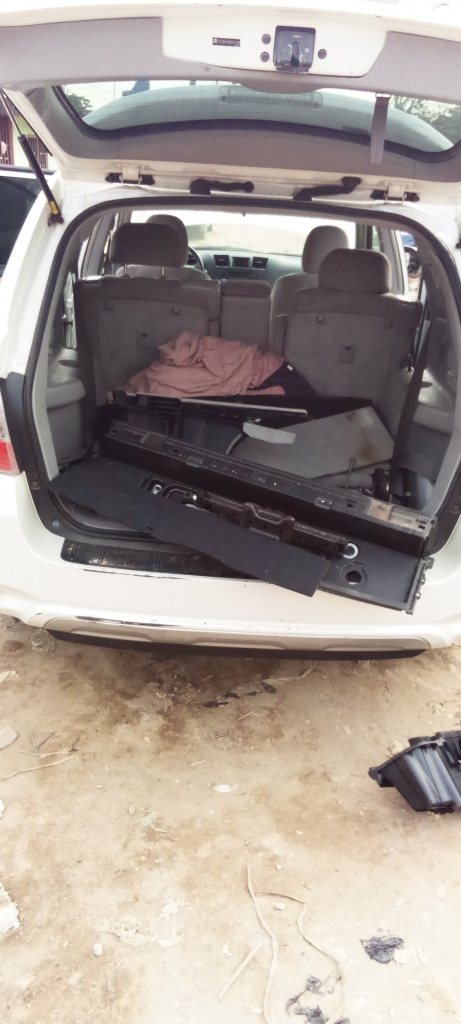
Removal of rear seats to investigate the path of water movements 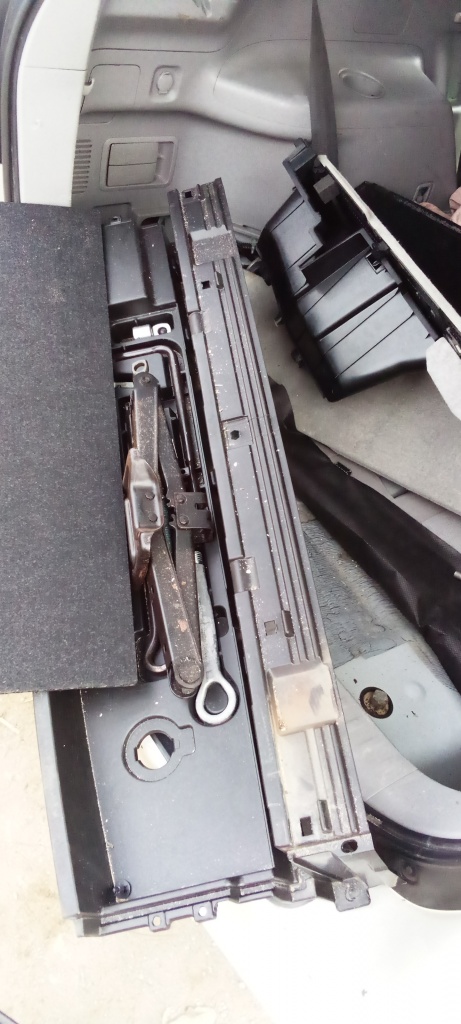
Removal of jack from its location to trace water path 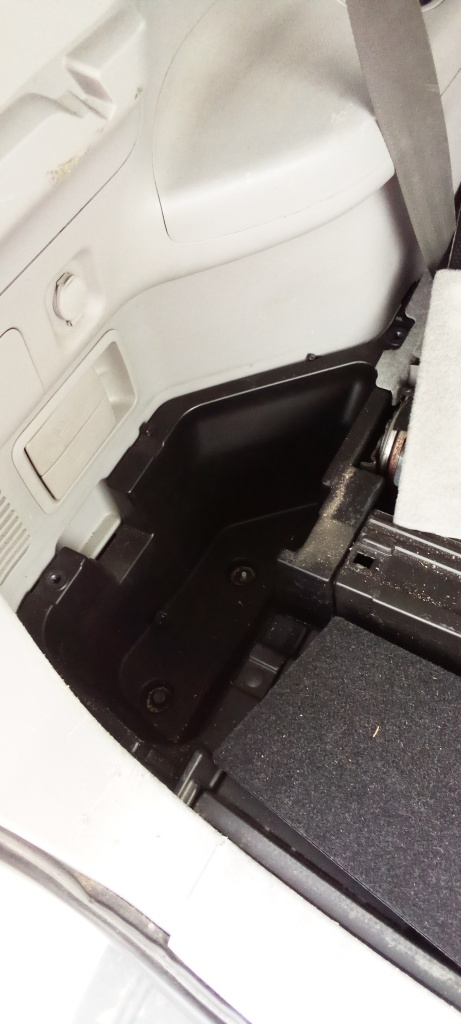
jaxk cover at the rear 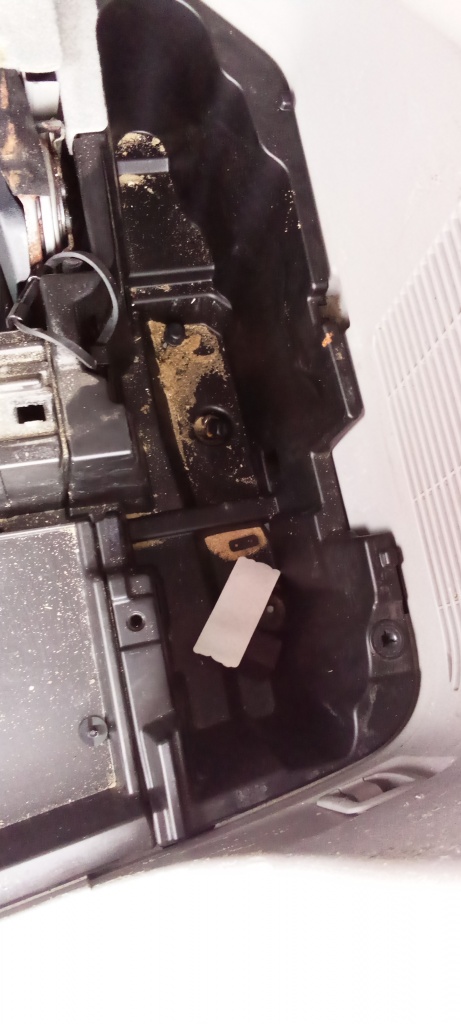
Jack tray shown
2. If water is much in the high voltage compactment, pump and clean out the water, and dry artificially using a hairdryer machine, or a heat gun.
This would reduce the progression of corrosion in the components.
You could use electronics cleaner, or an alternative solvent, to clean off moisture, from components, before sun drying them.
In some instances we have encountered, the cleaning processes does not eventually work, if for instance, a high current spike, has totally damaged some high voltage components like the high voltage relay assembly terminals. This would warrant for a replacement, and not a repair.
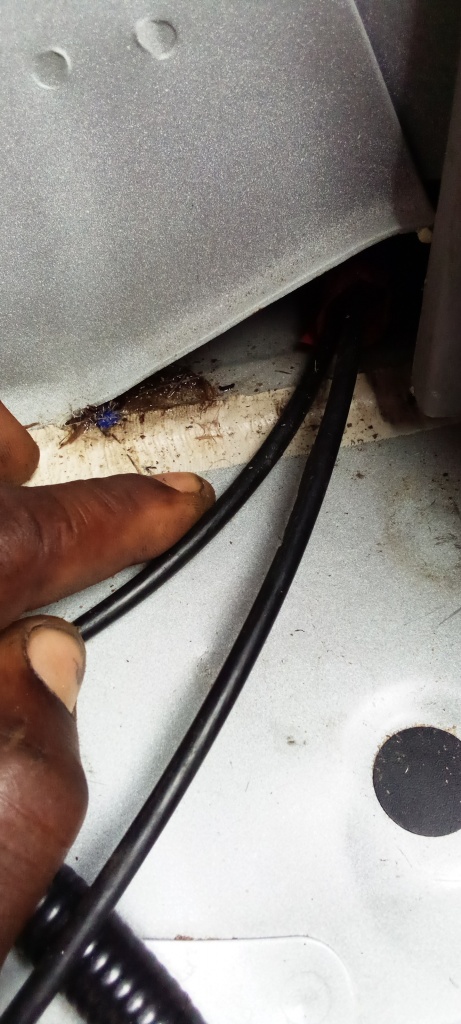
some ponds of water had been drained here using the drain seal shown 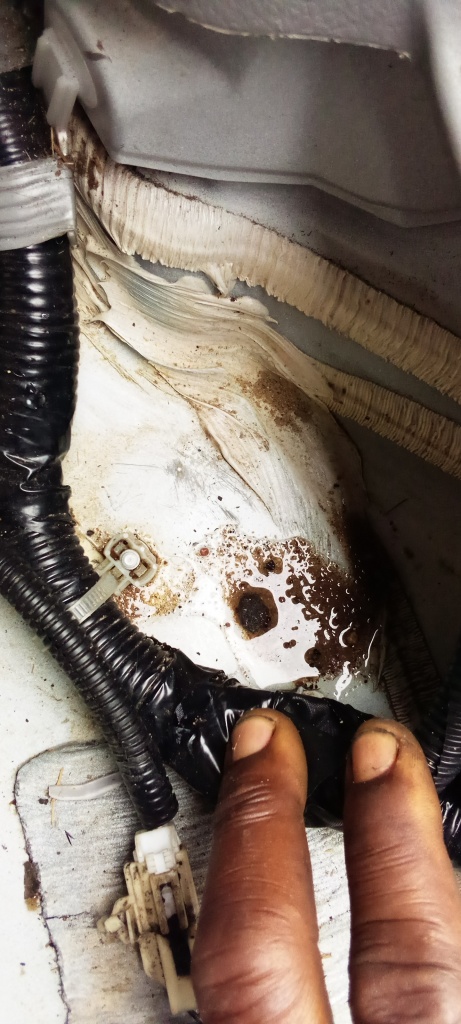
Shows the pond of water at the rear of the vehicle 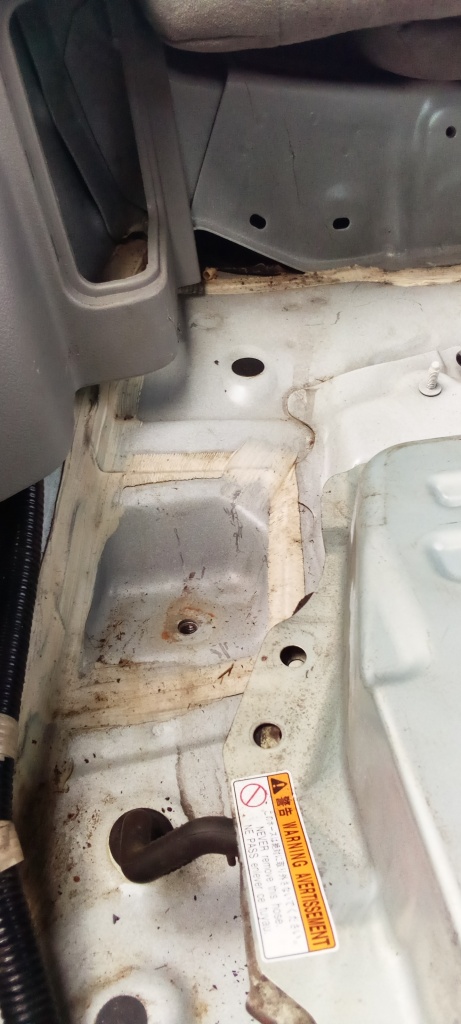
battery pack compactment cleaned with the pack removed for drying 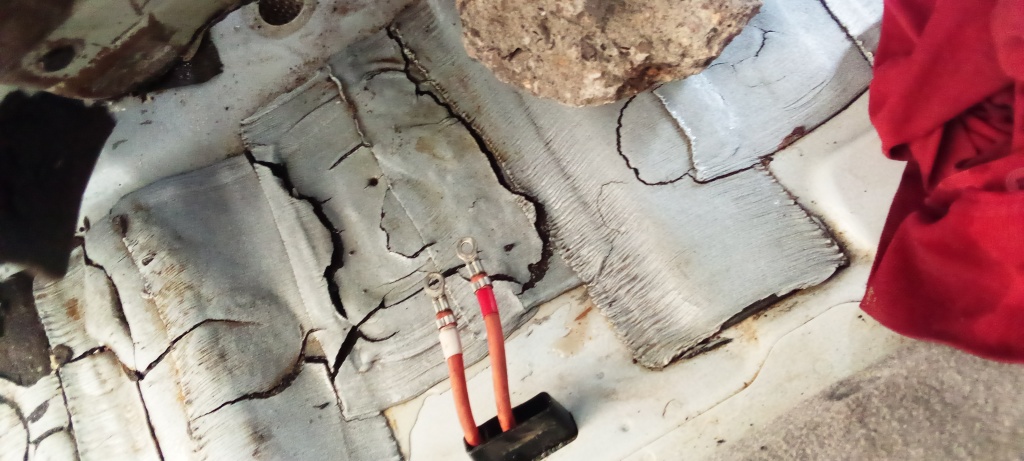
two power orange cabling showing the battery pack removed 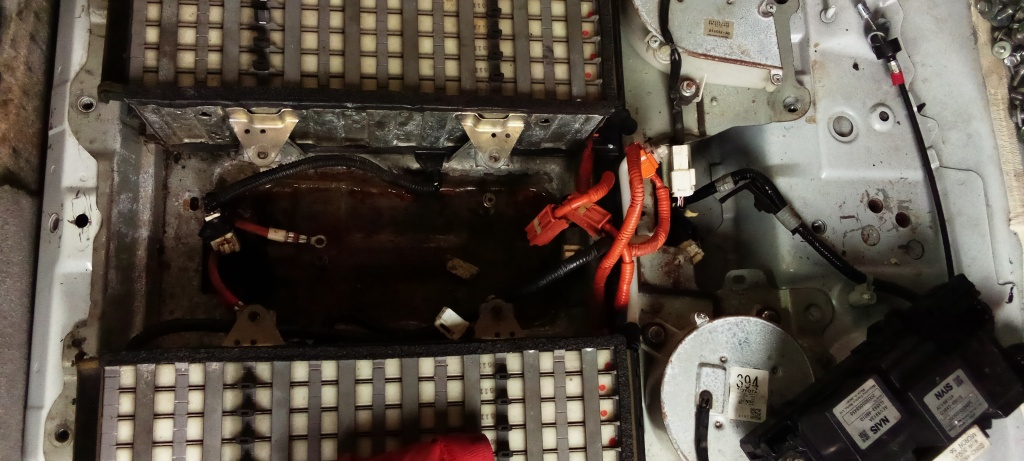
displays battery pack assembly
3. Reassemble all parts repaired or replaced, clear stored trouble codes, and test-drive the vehicle until it starts on shut down.
4. Certified ok, and deliver vehicle to client.
PS: There are instances where visual evidences as this, may not be present. The only solution would be to read off the trouble codes, with their subcodes inclusive. This would help narrow down the likely areas of focus.
Isolation related problems are sometimes difficult to track, without using the necessary tools and equipment; and also been unable to study some high voltage PIDs, using a megaohm.





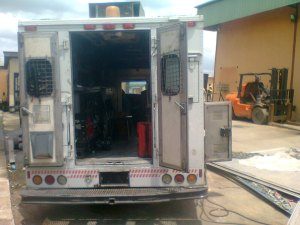
This is very insightful. I am currently experiencing a similar issue with my Toyota camry hybrid where the ready light takes long to come up and all the warning ⚠️ lights are permanently ON. My guess has always being the HV battery but going through this article, I am now aware it could be more than that. Please when will you be available to do a thorough check on my car?
We appreciate your feedback over here. Where’s your location? Have you gotten the vehicle scanned to retrieve trouble codes logged into the ECU?
Just in case you need more assistance, you can check over this special hybrid electric forum, solely for hybrid vehicles.
http://www.hevchats.com